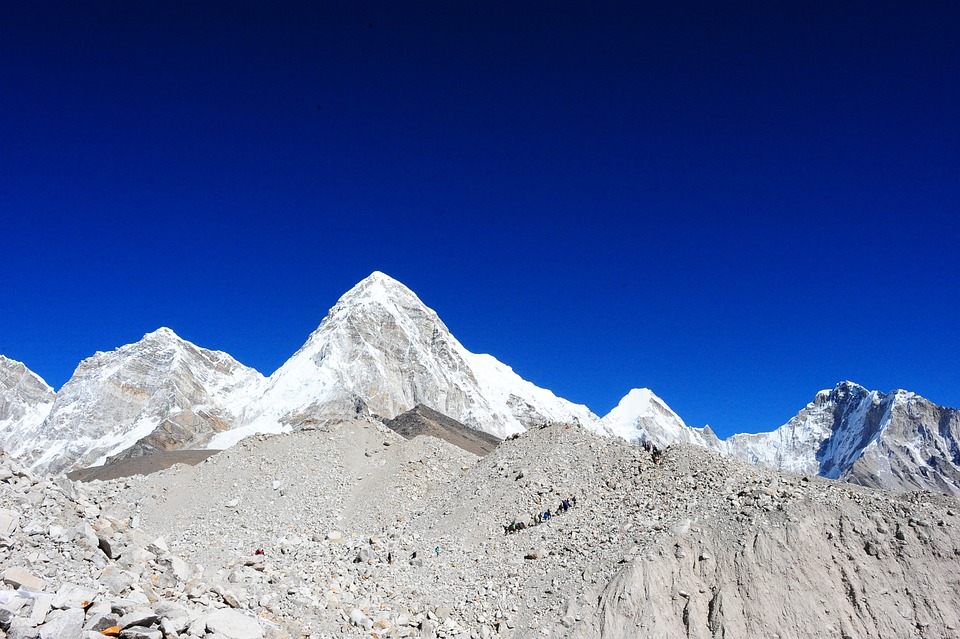Table of Contents
Introduction
Camping in wet weather can be a challenging but rewarding experience. Despite the rain and dampness, with the right preparation and equipment, you can still have an enjoyable outdoor adventure. This article provides essential tips and advice to help you stay dry, warm, and comfortable during your camping trip in wet weather.
Choosing Your Campsite
When camping in wet weather, it is crucial to carefully select your campsite. Look for higher ground or areas with good drainage to avoid flooded or waterlogged camping spots. Avoid setting up camp near bodies of water that may overflow or exacerbate the dampness around your site.
Setting Up Your Tent
Properly setting up your tent is vital in wet weather camping. Start by using a waterproof groundsheet or tarp underneath your tent to prevent moisture from seeping through the tent floor. Ensure the rainfly is securely attached to provide an added layer of protection. Place a rainfly over any gear or equipment outside the tent to keep them dry as well.
Preparing for Rain
Bring appropriate rain gear such as waterproof jackets, pants, and hiking boots to keep yourself dry during outdoor activities. Pack extra sets of clothing and ensure they are stored in waterproof bags or containers to prevent them from getting wet. A pack of waterproof matches or a lighter will also be handy to start a fire in damp conditions.
Keeping Dry Inside the Tent
To keep moisture away from the interior of your tent, be mindful of how you enter and exit. Shake off any excess water or mud on your shoes before entering to avoid tracking it inside. Use a waterproof mat or towel at the entrance to further reduce dirt and moisture. Hang wet clothes or gear outside or in a designated area inside the tent to prevent condensation.
Fire and Heat
Building a fire can be more challenging in wet weather, so come prepared with waterproof matches, firestarters, or even a portable camping stove. Collect dry kindling and firewood from under trees or other protected areas to ensure they are relatively dry. Alternatively, consider using a camping heater or insulated sleeping bag to stay warm during cold and wet nights.
Food and Cooking
Plan your meals carefully, prioritizing warm and hearty dishes that can provide comfort and sustenance. Pack dry foods like granola bars, trail mix, and dehydrated meals that require minimal preparation. Consider investing in camping cookware with strong heat retention properties to cook efficiently despite the damp conditions. Always store your food in waterproof containers to prevent moisture from ruining your supplies.
Leave No Trace
While camping in wet weather, it is even more essential to practice Leave No Trace principles. Avoid creating new trails or damaging vegetation. Stay on existing paths and respect the natural surroundings. Dispose of waste properly, and if you dig a fire pit, ensure it is filled and covered with dirt before leaving.
FAQs
Q: What kind of tent is best for camping in wet weather?
A: Look for tents with a higher waterproof rating (expressed as hydrostatic head) to ensure better protection against rain. Additionally, choose a tent with a full rainfly that extends to the ground, creating a dry vestibule area.
Q: Is it safe to build a fire in wet weather?
A: It can be more challenging to build a fire in wet conditions. Ensure you have a good supply of dry kindling and firestarters, and consider using fire accelerants designed for wet weather conditions.
Q: How can I dry my wet clothes during a camping trip?
A: Hang wet clothes on a line or in a designated drying area inside your tent. Use the warmth from a camping heater or your body heat to aid in the drying process. Pack extra sets of clothing to ensure you have dry options available.
Q: Can I still go hiking in wet weather?
A: While hiking in wet weather is possible, be cautious of slippery trails and potential flooding. Wear appropriate waterproof clothing and footwear for added safety and comfort.
Q: How can I prevent condensation inside my tent?
A: Properly ventilate your tent by opening vents and windows. Avoid cooking or boiling water inside the tent, as the steam will increase condensation. Wipe down the interior walls of the tent in the morning to minimize moisture accumulation.




